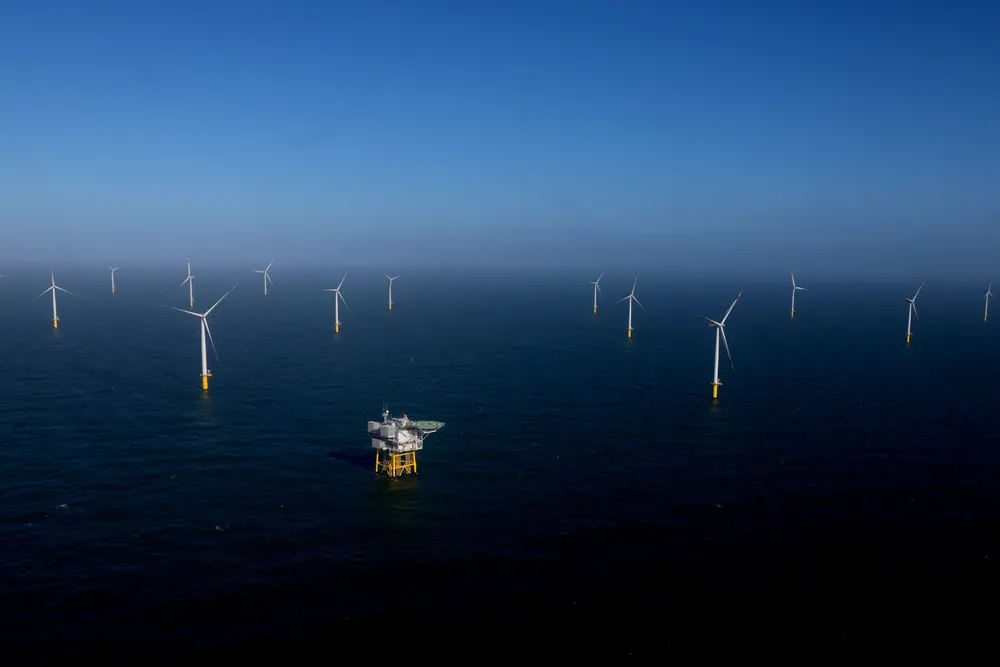Opportunities for geoscientists abound as offshore wind gathers momentum
Joint industry project exploring ways to bring subsurface knowledge to full life cycle of renewable energy projects

Joint industry project exploring ways to bring subsurface knowledge to full life cycle of renewable energy projects
